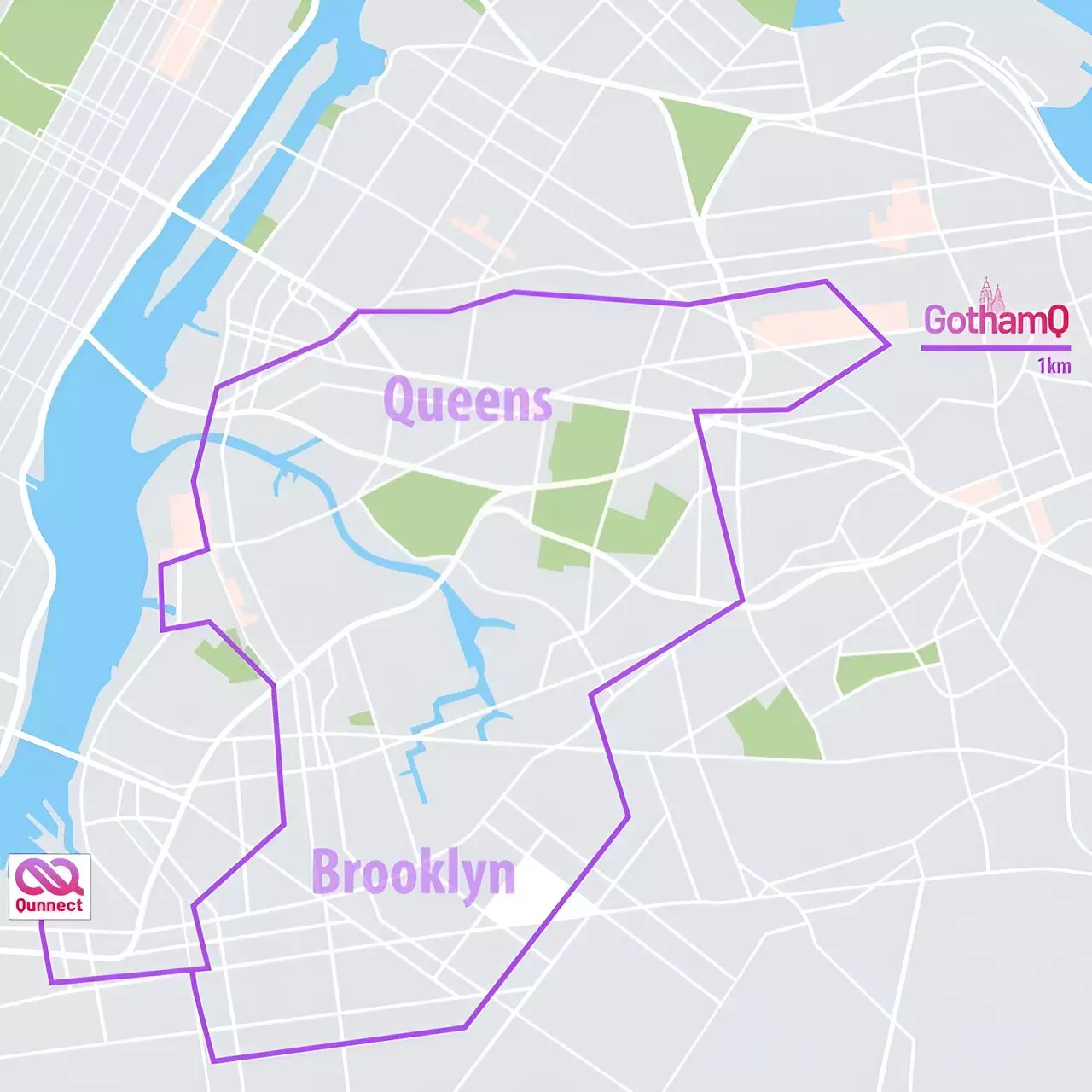The introduction of quantum networks into the marketplace has always been a challenge due to the fragility of entangled states in a fiber cable and the necessity to ensure the efficiency of signal delivery. However, recent advancements by scientists at Qunnect Inc. in Brooklyn, New York, have made significant progress in this area. Operating a network under the bustling streets of New York City, the team at Qunnect has successfully transmitted entangled photons while maintaining high uptime and compensation fidelity.
In their prototype network, Qunnect researchers utilized a leased 34-kilometer-long fiber circuit known as the GothamQ loop. By employing polarization-entangled photons, they were able to operate the loop continuously for 15 days, achieving an impressive uptime of 99.84% and a compensation fidelity of 99%. Even at transmission rates of around 20,000 entangled photon pairs per second, the fidelity remained consistent at nearly 90%. This level of performance demonstrates a significant improvement in maintaining entanglement over extended periods.
Polarization plays a crucial role in quantum networks, particularly in the creation and manipulation of entangled photons. Polarization refers to the direction of an electromagnetic wave’s electric field. This property has been harnessed in various applications, from polarized sunglasses to quantum entanglement. Polarization-entangled photons have enabled the development of large-scale quantum repeaters, distributed quantum computing, and distributed quantum sensing networks.
Quantum entanglement, a phenomenon recognized by the 2022 Nobel Prize in Physics, is a fundamental principle in quantum mechanics. It describes the interconnectedness of particles within a quantum state, where measuring the properties of one particle instantaneously affects the properties of another, regardless of distance. By entangling infrared and near-infrared photons, researchers at Qunnect have demonstrated the potential of utilizing entanglement in quantum communication and processing systems.
One of the primary challenges in maintaining entanglement in optical fiber networks is polarization drift caused by external factors such as vibrations, bending, and temperature fluctuations. Qunnect addressed this challenge by designing and implementing active compensation techniques at specific wavelengths. By actively correcting polarization drift using automated compensation devices, the team was able to stabilize the entangled photon pairs transmitted through the fiber, ensuring the integrity of the quantum communication system.
Qunnect’s successful demonstration of the GothamQ loop represents a significant step towards establishing a practical entanglement network necessary for a quantum internet. The hands-off operation, extended uptime, and high fidelity of entangled photon pairs showcase the potential for widespread implementation of quantum communication technologies. The team’s commitment to making their equipment universally accessible through rack-mounted solutions demonstrates their dedication to advancing quantum networks on a global scale.
The breakthrough achieved by the scientists at Qunnect in developing a stable and efficient quantum network represents a critical advancement in the field of quantum communication. By addressing the challenges of polarization drift and network fragility, the team has laid the foundation for a future quantum internet that holds tremendous promise for revolutionizing secure and high-speed communication systems.


Leave a Reply